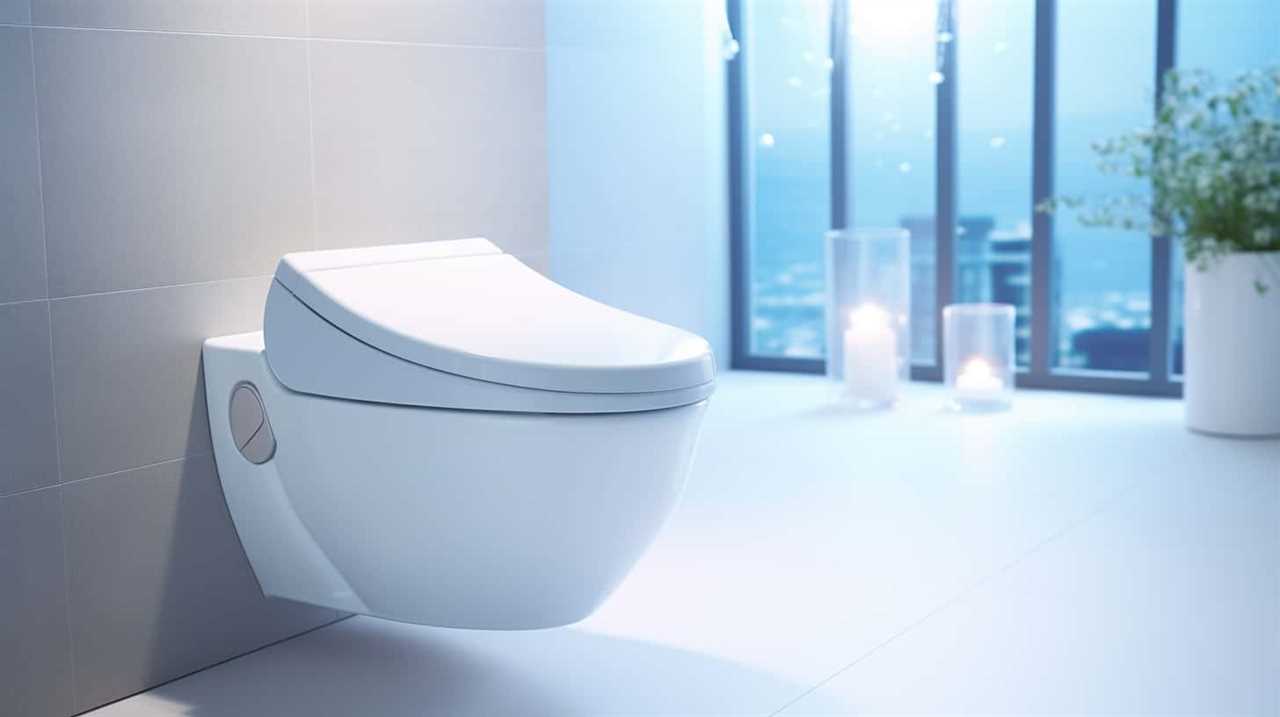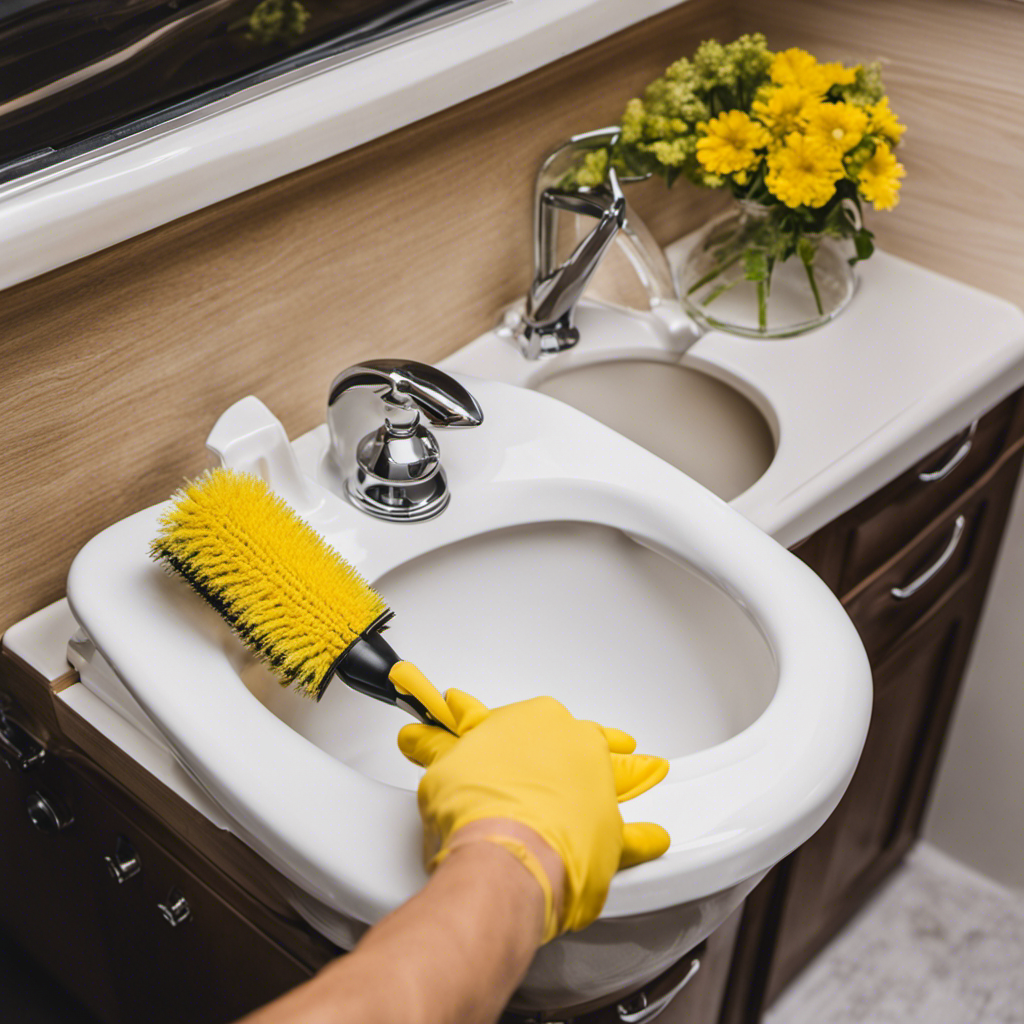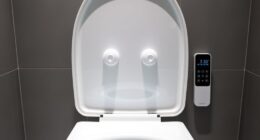We’ve all wondered about it: does toilet water really get reused? Well, let’s dive into the fascinating world of water treatment to find out!
In this article, we’ll explore the process of sewage treatment and the various methods used to reclaim and reuse water. From irrigation to industrial applications, we’ll uncover the potential uses for treated water.
Join us as we unravel the truth and ensure that safety and quality standards are met every step of the way.
Key Takeaways
- Water reclamation methods, such as greywater recycling, can treat and reuse wastewater from sources like sinks and showers.
- Treated water can be used for non-potable purposes like irrigation, toilet flushing, and industrial processes, reducing the demand for freshwater resources.
- Rigorous testing protocols are in place to ensure the safety and quality of reused water, including checks for microbial contaminants, chemical pollutants, and potential health risks.
- Transparent communication of testing protocols and results is crucial to maintain public trust and confidence in the use of treated water.
The Process of Water Treatment
In our water treatment process, we carefully purify and recycle wastewater from toilets to ensure its safety and sustainability. Water purification techniques play a crucial role in this process.

Firstly, the wastewater goes through a series of physical processes such as screening and sedimentation to remove larger particles.
Next, it undergoes chemical treatment, where coagulants and disinfectants are added to remove contaminants and kill harmful microorganisms.
Finally, the water is subjected to advanced treatment methods like filtration and reverse osmosis to remove any remaining impurities.
These purification techniques result in water that meets strict quality standards, making it safe for reuse.
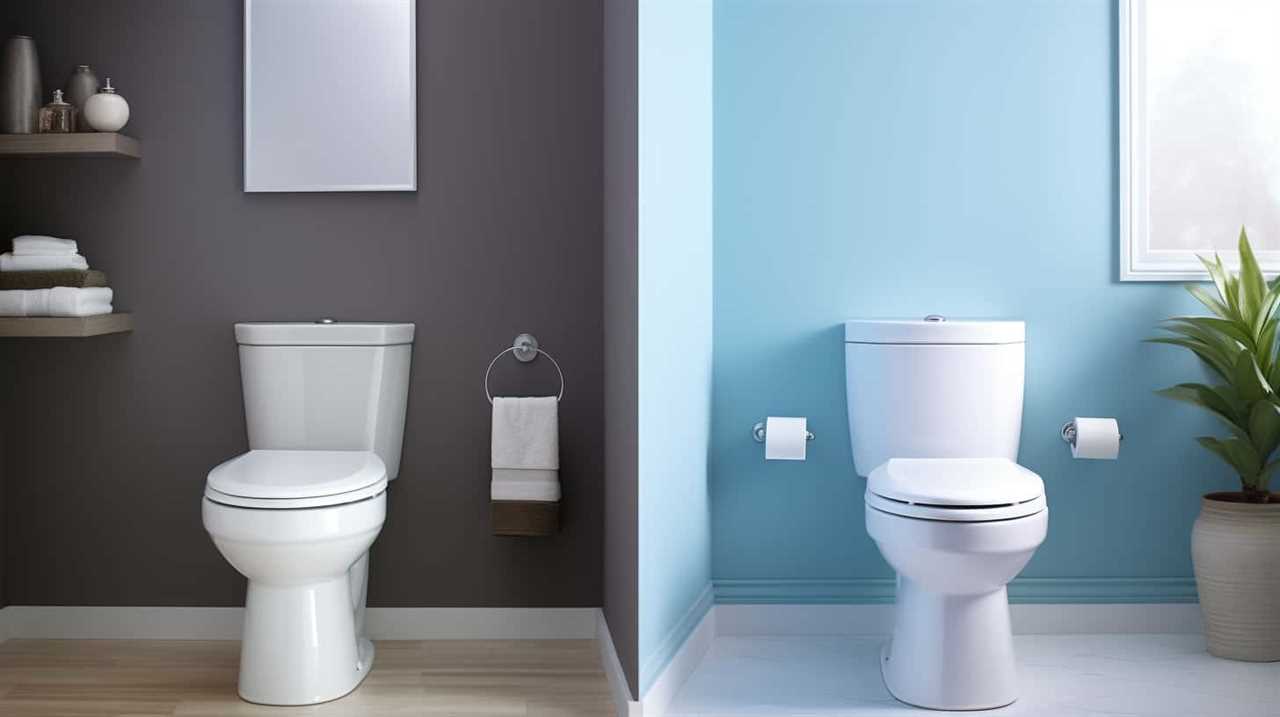
However, it’s important to consider the environmental impact of water treatment. The use of chemicals and energy in the process can contribute to pollution and greenhouse gas emissions.
Therefore, it’s crucial to continually optimize and innovate water treatment processes to minimize their environmental footprint.
How Sewage Is Treated
To continue our discussion on the process of water treatment, let’s delve into how sewage is treated. Wastewater management plays a crucial role in maintaining a clean and healthy environment. Here are two important points to consider:
- Advanced Treatment Methods:
- Primary Treatment: In this stage, large objects and solids are removed from the sewage through screening and sedimentation processes.
- Secondary Treatment: This step involves the use of biological processes to break down and remove organic matter, such as bacteria and other microorganisms.
- Environmental Impact:
- Positive Impact: Proper sewage treatment prevents the contamination of water bodies, safeguarding aquatic ecosystems and protecting public health.
- Negative Impact: Inadequate treatment can lead to the release of harmful pollutants into the environment, causing water pollution, depletion of oxygen levels, and harm to marine life.
Understanding the importance of wastewater management and its environmental impact is crucial in ensuring the sustainability and well-being of our ecosystems.
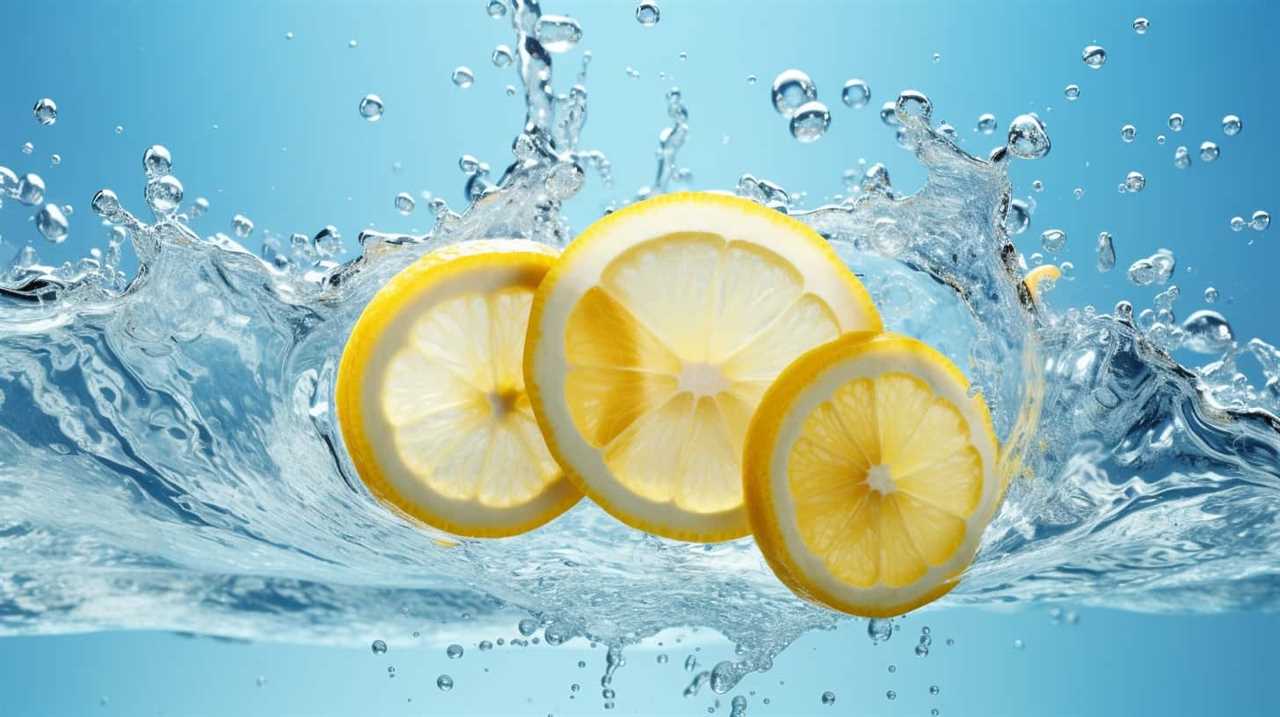
Water Reclamation Methods
Now let’s explore how we reclaim water through various methods after it has been treated in sewage systems. Water scarcity is a growing concern worldwide, and one way to address this issue is through greywater recycling.
Greywater refers to wastewater generated from sources like sinks, showers, and laundry. Instead of being discharged into the sewage system, greywater can be treated and reused for non-potable purposes such as irrigation, toilet flushing, and industrial processes.
There are several water reclamation methods used to treat and recycle greywater, including physical filtration, biological treatment, and disinfection. These methods remove impurities and contaminants, making the water safe for reuse.
Implementing greywater recycling can help conserve precious freshwater resources and reduce the strain on water supplies, contributing to a more sustainable future.
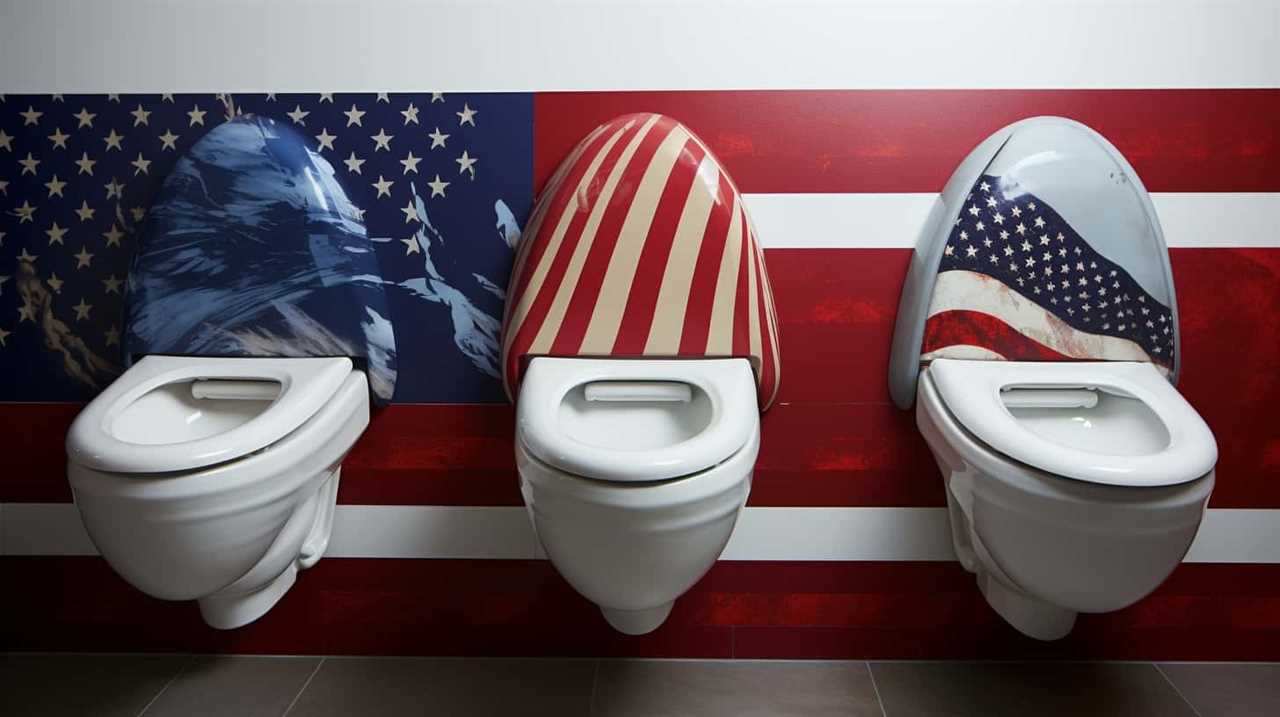
Potential Uses for Treated Water
One of the potential uses for treated water is its incorporation into our daily routines and household activities. This water, which has undergone a rigorous treatment process to remove impurities and pathogens, can be safely utilized for various purposes.
Some of the key applications for treated water include:
- Irrigation: Treated water can be used for watering plants and crops, reducing the demand for freshwater resources and ensuring sustainable agricultural practices.
- Industrial uses: Many industries require large amounts of water for their operations. Treated water can be utilized in manufacturing processes, cooling systems, and other industrial applications, helping to conserve freshwater and minimize environmental impact.
Ensuring Safety and Quality Standards
Utilizing treated water for various purposes, such as irrigation and industrial uses, ensures that safety and quality standards are met. To ensure the safety and quality of reused water, rigorous testing protocols are in place.
These protocols involve regular monitoring and analysis of the treated water to ensure that it meets the necessary standards for its intended use. Testing includes checks for microbial contaminants, chemical pollutants, and other potential health risks. These protocols are designed to prevent any harm to human health or the environment.
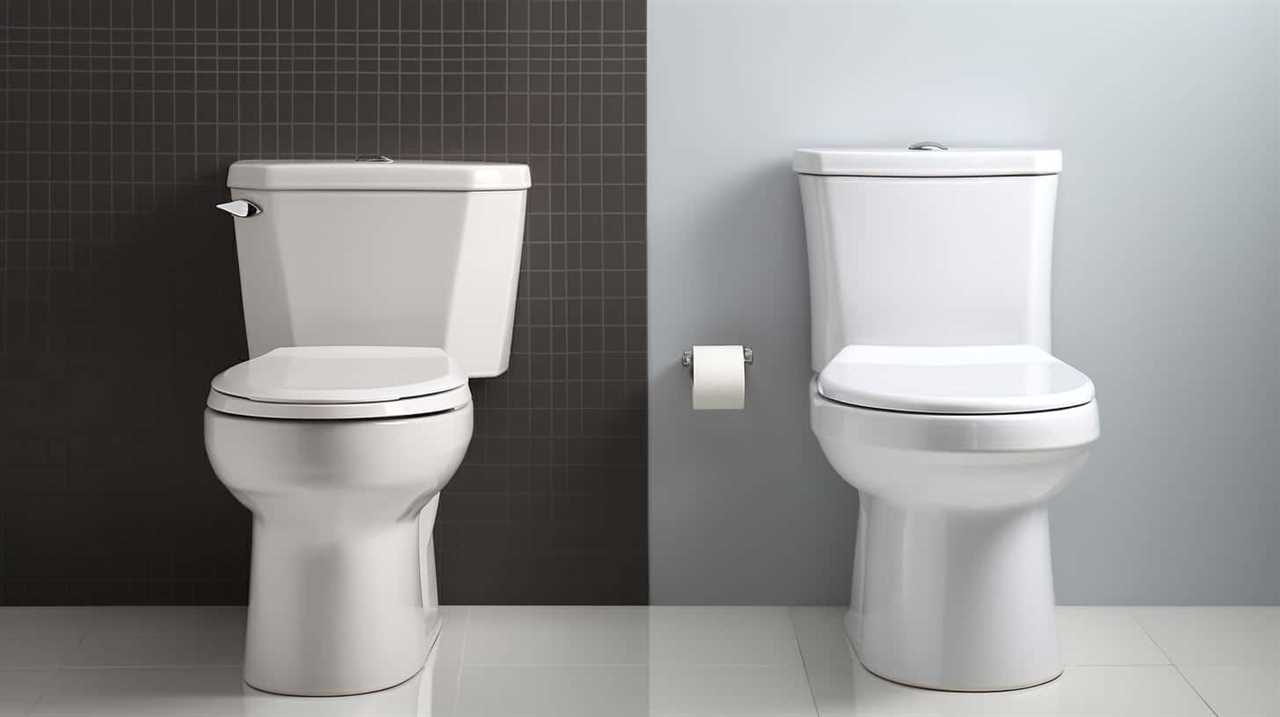
Additionally, public perception plays a vital role in ensuring the acceptance of reused water. By transparently communicating the testing protocols and the results, public trust and confidence in the safety and quality of reused water can be maintained. This open communication helps address any concerns and misconceptions, ultimately ensuring the continued use of treated water for various purposes.
Frequently Asked Questions
Is Toilet Water Reused for Drinking Purposes After Treatment?
Toilet water treatment methods ensure the removal of contaminants, making it safe for reuse. The benefits of toilet water reuse include water conservation and reduced strain on freshwater sources.
Can Treated Toilet Water Be Used for Agricultural Irrigation?
Treated toilet water can be used for agricultural irrigation, reducing freshwater usage. However, it raises concerns about potential environmental impacts. Benefits include water conservation, but drawbacks include the need for proper treatment and public acceptance.
What Are the Potential Health Risks Associated With Using Treated Toilet Water?
Using treated toilet water for agricultural irrigation poses potential health risks due to potential contamination. Public perception is an important factor to consider when assessing the acceptability and implementation of such practices.
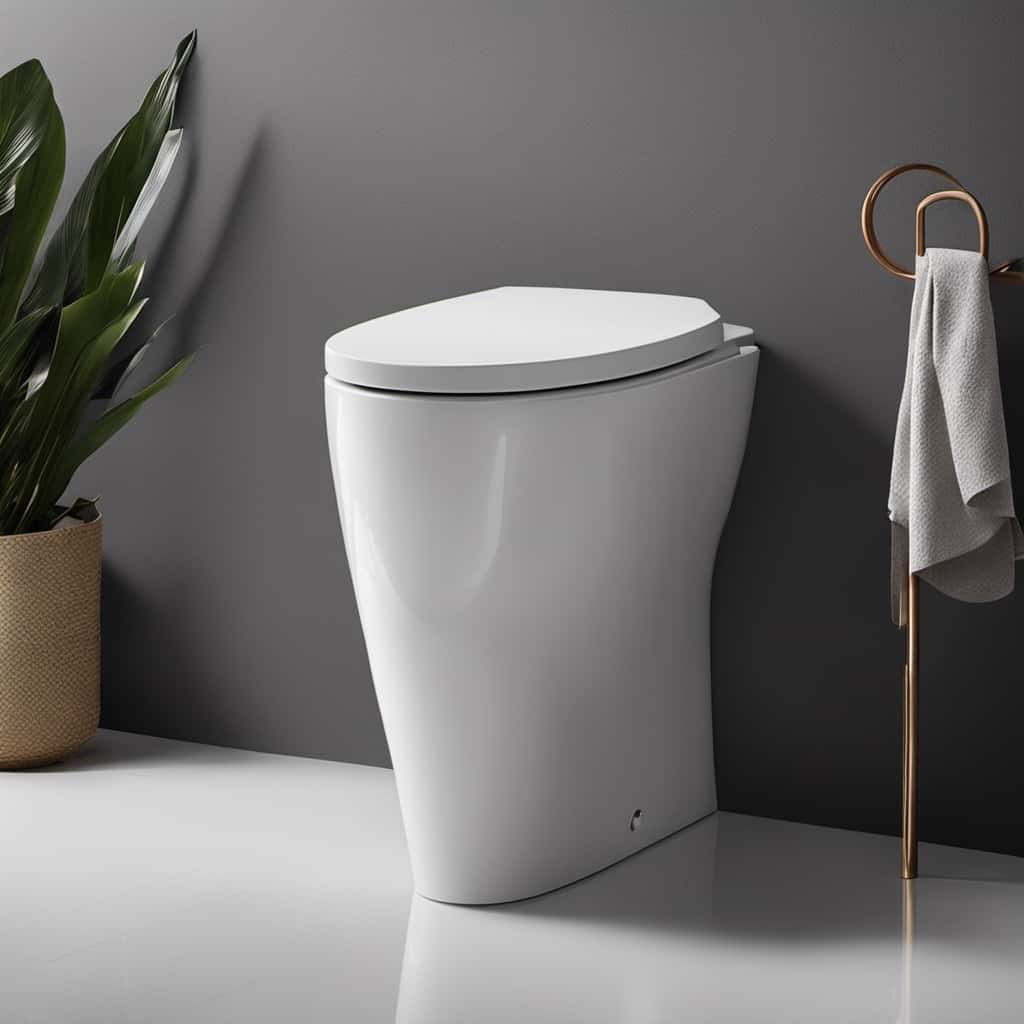
Are There Any Regulations in Place to Ensure the Safety and Quality of Reused Toilet Water?
Regulatory standards for reused toilet water ensure safety and quality. Public perception, however, may vary. Understanding the regulations in place and addressing concerns can help alleviate any misconceptions and promote acceptance of this sustainable water reuse practice.
How Does the Process of Water Treatment Differ When It Involves the Reuse of Toilet Water?
The process of water treatment differs when reusing toilet water. Although some may be concerned about the safety, reusing treated toilet water has benefits, such as its use in industrial processes and its positive impact on the environment.
Conclusion
In conclusion, the process of water treatment ensures that toilet water is treated and reclaimed to meet safety and quality standards.
Through various methods, sewage is treated and transformed into usable water for a variety of purposes.
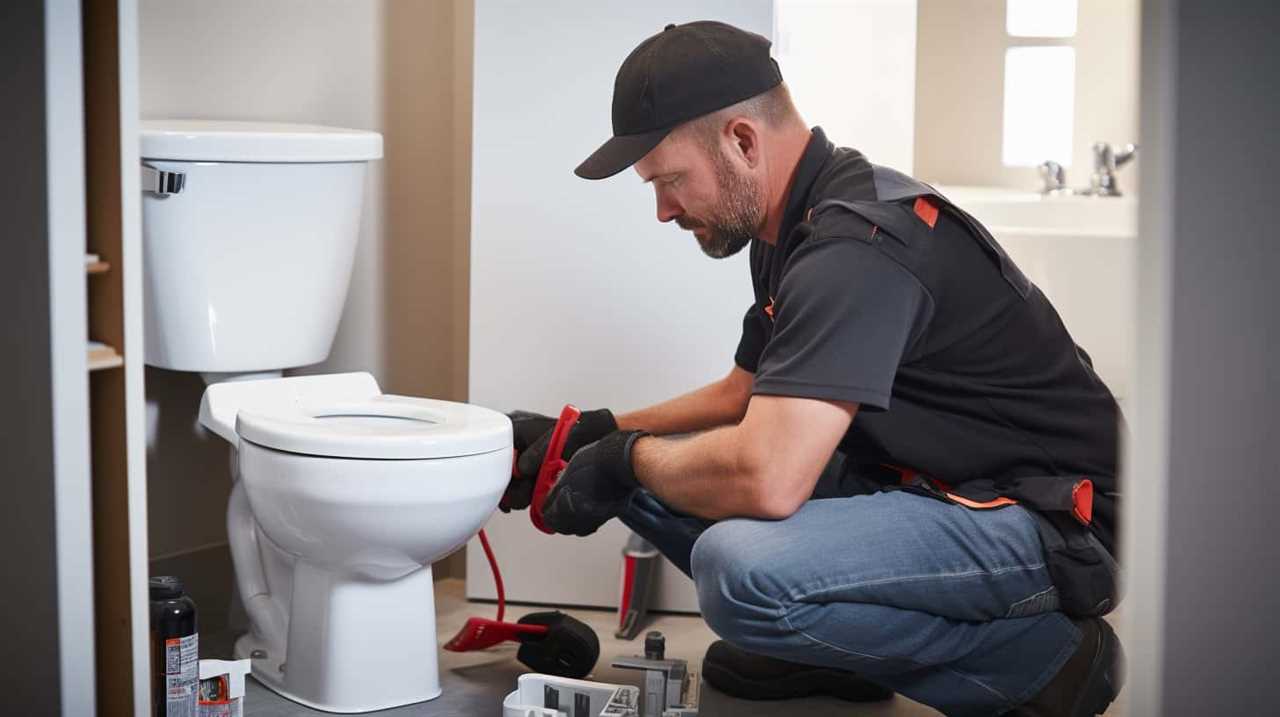
It’s important to note that the water we use today has likely been through this process before, similar to how a caterpillar goes through metamorphosis to become a beautiful butterfly.
So, rest assured, the water you use has been thoroughly treated and is safe for reuse.
